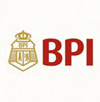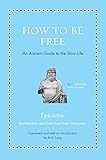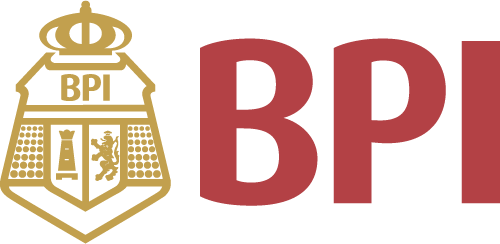All Categories


Biofluid Mechanics: An Introduction to Fluid Mechanics, Macrocirculation, and Microcirculation (Biomedical Engineering)
Share Tweet
Get it between 2025-06-24 to 2025-07-01. Additional 3 business days for provincial shipping.
*Price and Stocks may change without prior notice
*Packaging of actual item may differ from photo shown
- Electrical items MAY be 110 volts.
- 7 Day Return Policy
- All products are genuine and original
- Cash On Delivery/Cash Upon Pickup Available








About Biofluid Mechanics: An Introduction To Fluid
Biofluid Mechanics: An Introduction to Fluid Mechanics, Macrocirculation, and Microcirculation shows how fluid mechanics principles can be applied not only to blood circulation, but also to air flow through the lungs, joint lubrication, intraocular fluid movement, renal transport among other specialty circulations. This new second edition increases the breadth and depth of the original by expanding chapters to cover additional biofluid mechanics principles, disease criteria, and medical management of disease, with supporting discussions of the relevance and importance of current research. Calculations related both to the disease and the material covered in the chapter are also now provided. Uses language and math that is appropriate and conducive for undergraduate learning, containing many worked examples and end-of-chapter problems Develops all engineering concepts and equations within a biological context Covers topics in the traditional biofluids curriculum, and addresses other systems in the body that can be described by biofluid mechanics principles Discusses clinical applications throughout the book, providing practical applications for the concepts discussed NEW: Additional worked examples with a stronger connection to relevant disease conditions and experimental techniques NEW: Improved pedagogy, with more end-of-chapter problems, images, tables, and headings, to better facilitate learning and comprehension of the material

























